Introduction to
Fluid Mechanics
Y. NAKAYAMA
Former Professor, Tokai University, Japan
UKEditor R. F. BOUCHER
Principal and ViceChancellor, UMIST, UK
K
E I N E M A N N
OXFORD AUCKLAND BOSTON
JOHANNESBURG MELBOURNE NEW DELHI
�
Butterworth-Heinemann
Linacre House, Jordan Hill, Oxford OX2 8DP
225 Wildwood Avenue, Woburn, MA 01801-2041
A division of Reed Educational and Professional Publishing Ltd
a
member of the Reed Elsevier plc group
A
This book is translated from Ryutai-no-Rikigaku (in Japanese)
Published by
YOKENDO CO. LTD
5-30-1 5, Hongo, Bunkyo-ku, Tokyo
11 3-0033, Japan
0 1998 by Yasuki Nakayama
First published in English in Great Britain by Arnold 1999
Reprinted with revisions by Butterworth-Heinemann 2000
0 Y. Nakayama and R. F. Boucher 1999
All rights reserved. No part of this publication may be reproduced in
any material form (including photocopying or storing in any medium by
electronic means and whether or not transiently or incidentally to some
other use of this publication) without the written permission of the
copyright holder except in accordance with the provisions of the Copyright,
Designs and Patents Act 1988 or under the terms of a licence issued by the
Copyright Licensing Agency Ltd, 90 Tottenham Court Road, London,
England WlP 9HE. Applications for the copyright holder’s written
permission to reproduce any part of this publication should be addressed
to the publishers
Whilst the advice and information in this book are believed to be true and
accurate at the date of going to press, neither the authors nor the publisher
can accept any legal responsibility or liability for any errors or omissions
that may be made.
British Library Cataloguing in Publication Data
A catalogue record for this book is available from the British Library
Library of Congress Cataloguing in Publication Data
A catalogue record for this book is available from the Library of Congress
ISBN 0 340 67649 3
Commissioning Editor: Matthew Flynn
Production Editor: Liz Gooster
Production Controller: Sarah Kett
Cover design: Terry Griffiths
Typeset in 10/ 12 pt Times by AFS Image Setters Ltd, Glasgow
Printed and bound in Great Britain by MPG, Bodmin, Cornwall
�
About the authors
Professor Yasuki Nskayama graduated from Waseda University and received
his doctorate in mechanical engineering from the same university. He joined
the National Railway Research Institute and conducted many research
investigations in the area of fluid mechanics. He then became a Professor of
Tokai University, Japan, where he taught and researched fluid mechanics and
visualisation. He later became President of the Future Technology Research
Institute, Japan.
Professor Nakayama has received many distinctions and awards for his
outstanding research. He has been a Visiting Professor of Southampton
University, UK, President of The Visualisation Society of Japan, and
Director of The Japan Society of Mechanical Engineers. He has published 10
books and more than 150 research papers.
Professor Robert Boucher FEng studied mechanical engineering in London
and at Nottingham University. He has held posts in the electricity industry
and at the Universities of Nottingham, Belfast, Sheffield and at UMIST,
where he is Principal & Vice-Chancellor. His research interests, published in
over 120 papers, include flow measurement and visualisation, fluid transients
and network simulation, magnetic separation, industrial ventilation and oil
drilling technology.
�
Preface
This book was written as a textbook or guidebook on fluid mechanics for
students or junior engineers studying mechanical or civil engineering. The
recent progress in the science of visualisation and computational fluid
dynamics is astounding. In this book, effort has been made to introduce
students /engineers to fluid mechanics by making explanations easy to
understand, including recent information and comparing the theories with
actual phenomena.
Fluid mechanics has hitherto been divided into ‘hydraulics’, dealing with
the experimental side, and ‘hydrodynamics’, dealing with the theoretical side.
In recent years, however, both have merged into an inseparable single science.
A great deal was contributed by developments in the science of visualisation
and by the progress in computational fluid dynamics using advances in
computers. This book is written from this point of view.
The following features are included in the book
1. Many illustrations, photographs and items of interest are presented for
easy reading.
2. Portrait sketches of 17 selected pioneers who contributed to the
development of fluid mechanics are inserted, together with brief
descriptions of their achievements in the field.
3. Related major books and papers are presented in footnotes to facilitate
advanced study.
chapter topic.
4. Exercises appear at the ends of chapters to test understanding of the
5. Special emphasis is placed on flow visualisation and computational fluid
dynamics by including 14 colour plates to assist understanding.
Books and papers by senior scholars throughout the world are referenced,
with special acknowledgements to some of them. Among these, Professor
R. F. Boucher, one of my oldest friends, assumed the role of editor of the
English edition and made numerous revisions and additions by checking the
book minutely during his busy time as Principal and Vice-Chancellor of
UMIST. Another is Professor K. Kanayama of Musashino Academia
Musicae who made many suggestions as my private language adviser. In
�
x Preface
addition, Mr Matthew Flynn and Dr Liz Gooster of Arnold took much
trouble over the tedious editing work. I take this opportunity to offer my
deepest appreciation to them all.
Yasuki Nakayama
�
List of symbols
area
area (relatively small), velocity of sound
width of channel
width, thickness
coefficient of discharge
coefficient of contraction
drag coefficient
frictional drag coefficient
lift coefficient
moment coefficient
coefficient of velocity
integration constant, coefficient of Pitot tube, flow velocity coefficient
specific heat at constant pressure
specific heat at constant volume
diameter, drag
friction drag
pressure drag, form drag
diameter
specific energy
internal energy
force
Froude number
coefficient of friction
gravitational acceleration
head
head, clearance, loss of head, depth, enthalpy
geometrical moment of inertia
slope
moment of inertia
bulk modulus
interference factor
cavitation number
length, power, lift
�
xii List of symbols
mass flow rate, mass (relatively small), strength of doublet, hydraulic
mean depth
polytropic exponent
total pressure
pressure
stagnation pressure, total pressure, atmospheric pressure
static pressure
total pressure
pressure unaffected by body, static pressure
volumetric flow rate
discharge quantity per unit time, quantity of heat per unit mass
gas constant
radius (at any position)
radius
specific gravity, entropy, wetted perimeter
tension, absolute temperature, torque, thrust, period
time
velocity unaffected by body
velocity (x-direction), peripheral velocity
volume
specific volume, mean velocity, velocity (y-direction), absolute velocity
friction velocity
velocity (z-direction), relative velocity
acceleration, angle, coefficient of discharge
compressibility
I
length, mixing length
M mass, Mach number
m
n
P
p
po
ps
pt
pm
Q
q
R
Re Reynolds number
r
ro
s
T
t
U
u
V
u
v,
W weight
w
w(z) complex potential
ct
/3
I' circulation, strength of vortex
y
6
6*
i vorticity
q
efficiency
6
angle, momentum thickness
ratio of specific heat
K
i friction coefficient of pipe p
p
v
p
z
4
I)
w
specific weight
boundary layer thickness
displacement thickness
coefficient of viscosity, dynamic viscosity
kinematic viscosity, angle
velocity potential
shear stress
angle, velocity potential
stream function
angular velocity
�
History of fluid mechanics
There is air around us, and there are rivers and seas near us. ‘The flow of a
river never ceases to go past, nevertheless it is not the same water as before.
Bubbles floating along on the stagnant water now vanish and then develop
but have never remained.’ So stated Chohmei Kamo, the famous thirteenth-
century essayist of Japan, in the prologue of Hohjohki, his collection of
essays. In this way, the air and the water of rivers and seas are always
moving. Such a movement of gas or liquid (collectively called ‘fluid’) is called
the ‘flow’, and the study of this is ‘fluid mechanics’.
While the flow of the air and the water of rivers and seas are flows of our
concern, so also are the flows of water, sewage and gas in pipes, in irrigation
canals, and around rockets, aircraft, express trains, automobiles and boats.
And so too is the resistance which acts on such flows.
Throwing baseballs and hitting golf balls are all acts of flow.
Furthermore, the movement of people on the platform of a railway station
or at the intersection of streets can be regarded as forms of flow. In a wider
sense, the movement of social phenomena, information or history could be
regarded as a flow, too. In this way, we are in so close a relationship to flow
that the ‘fluid mechanics’ which studies flow is really a very familiar thing
to us.
The science of flow has been classified into hydraulics, which developed from
experimental studies, and hydrodynamics, which developed through
theoretical studies. In recent years, however, both have merged into the single
discipline called fluid mechanics.
Hydraulics developed as a purely empirical science with practical
techniques beginning in prehistoric times. As our ancestors settled to engage
in farming and their hamlets developed into villages, the continuous supply
of a proper quantity of water and the transport of essential food and
�
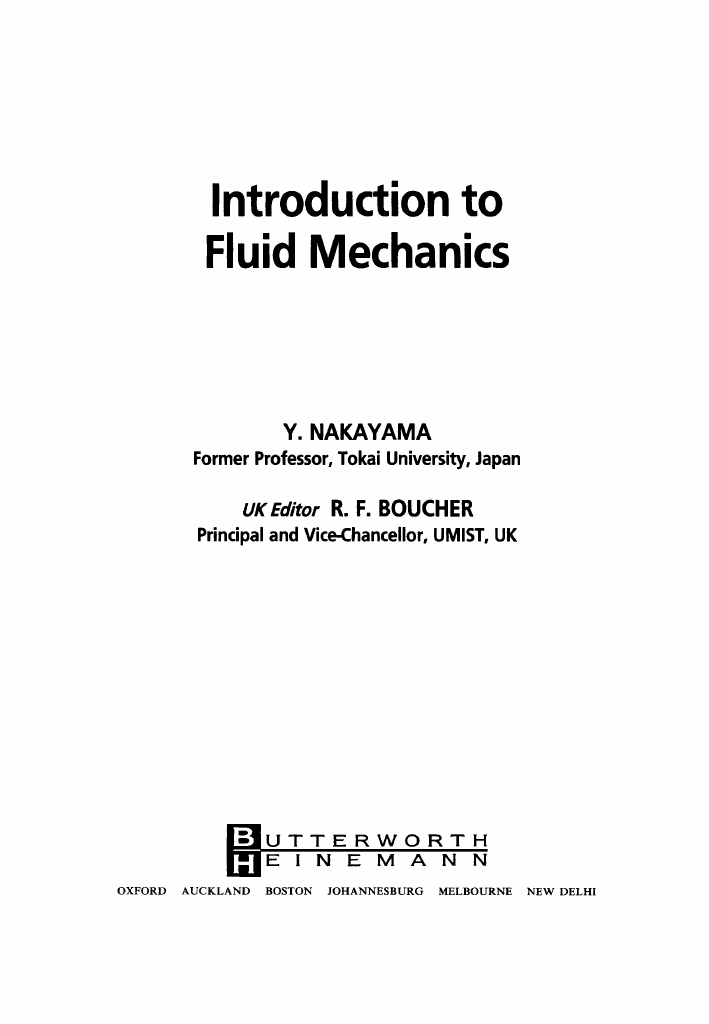
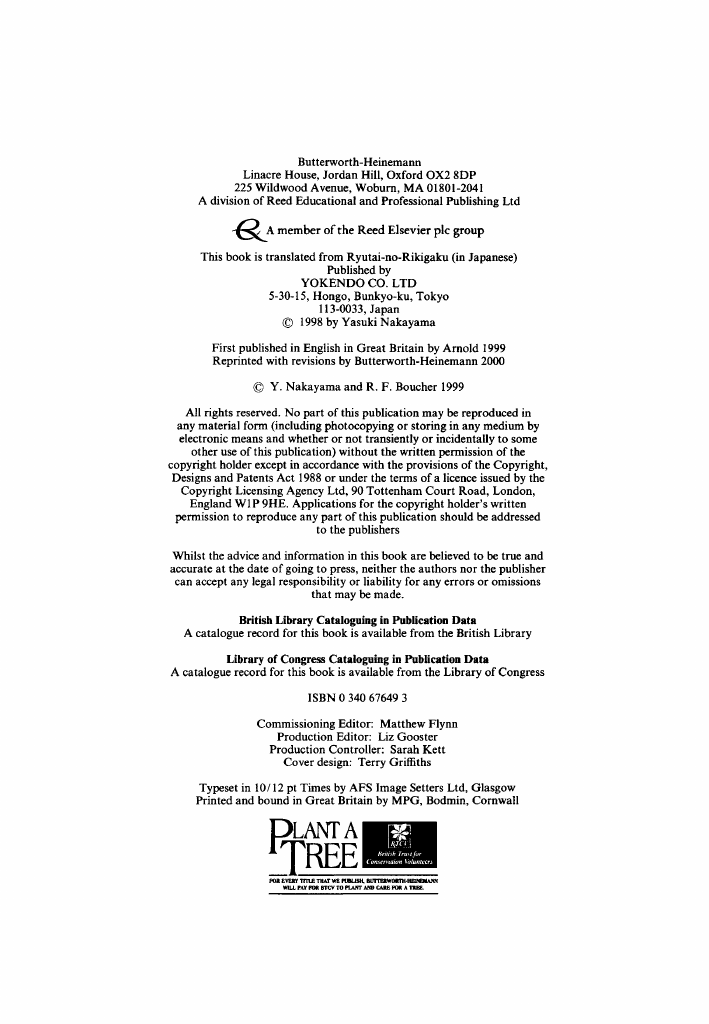
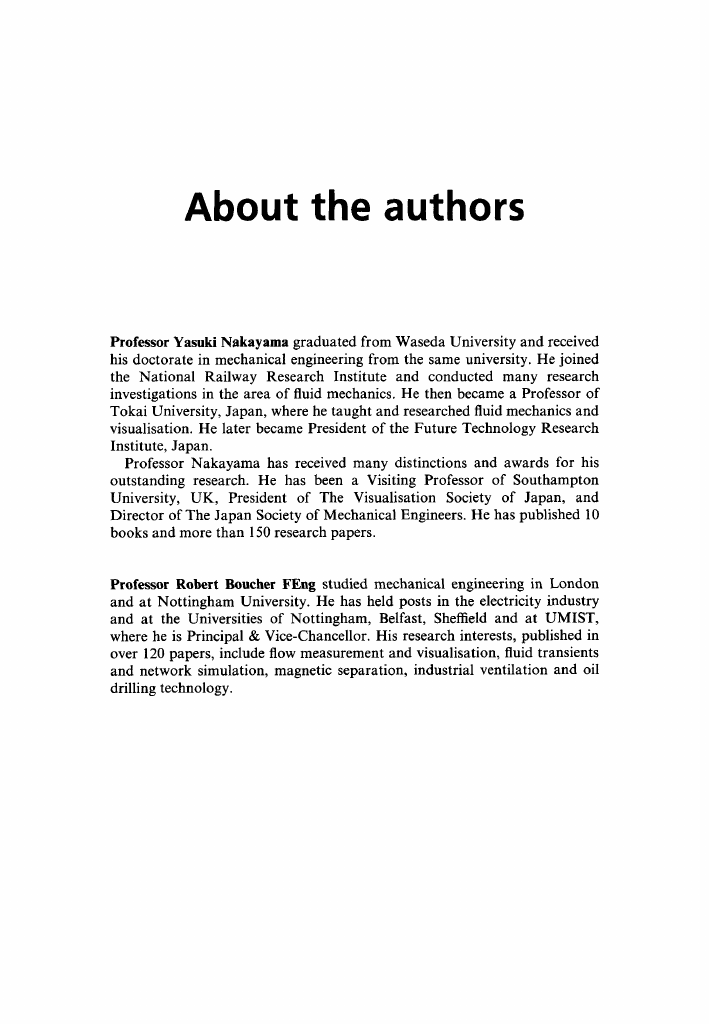
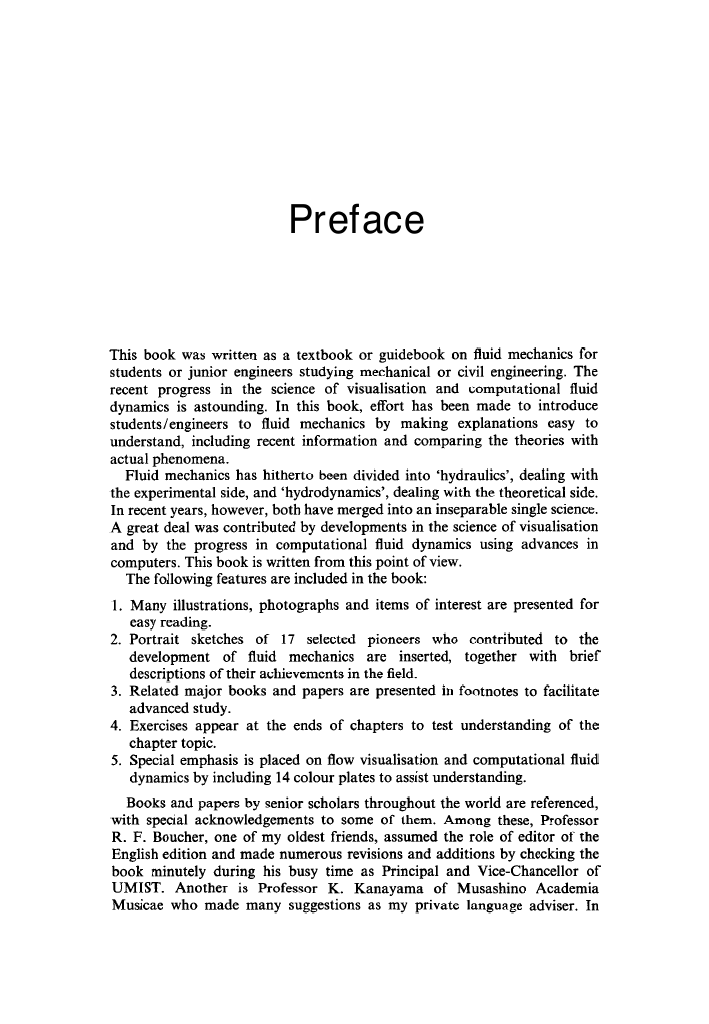

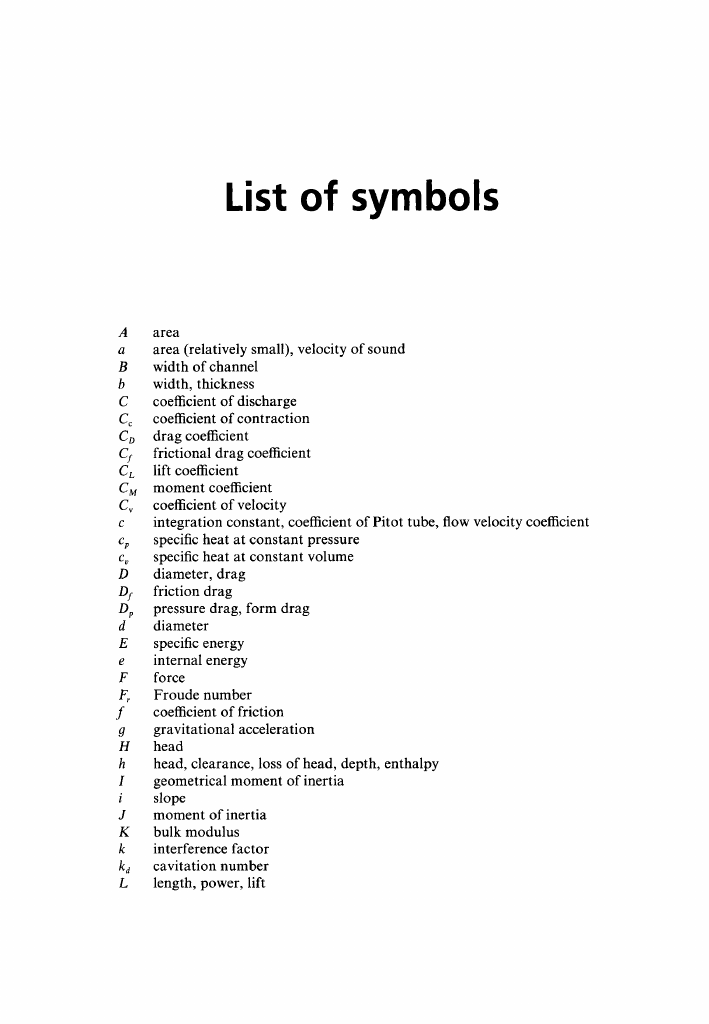
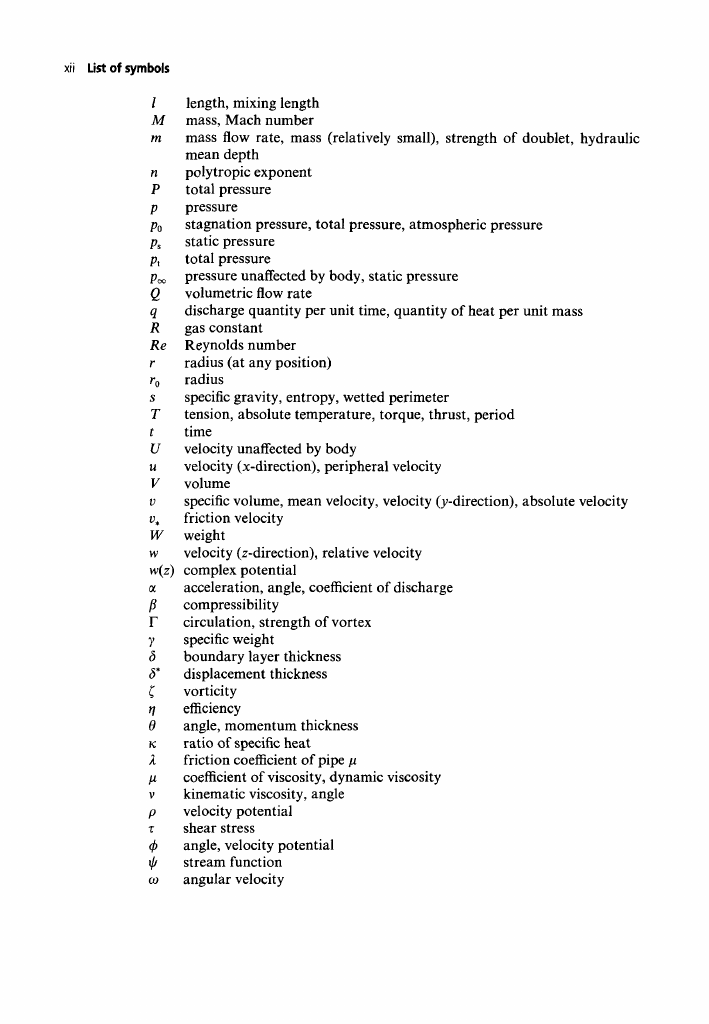
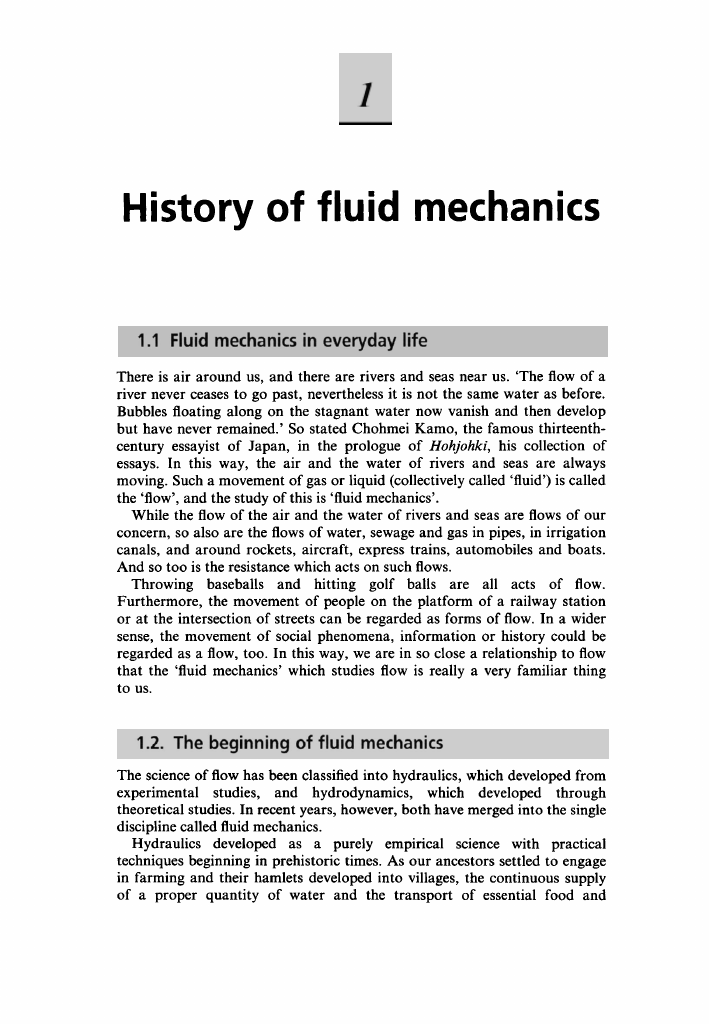








 2023年江西萍乡中考道德与法治真题及答案.doc
2023年江西萍乡中考道德与法治真题及答案.doc 2012年重庆南川中考生物真题及答案.doc
2012年重庆南川中考生物真题及答案.doc 2013年江西师范大学地理学综合及文艺理论基础考研真题.doc
2013年江西师范大学地理学综合及文艺理论基础考研真题.doc 2020年四川甘孜小升初语文真题及答案I卷.doc
2020年四川甘孜小升初语文真题及答案I卷.doc 2020年注册岩土工程师专业基础考试真题及答案.doc
2020年注册岩土工程师专业基础考试真题及答案.doc 2023-2024学年福建省厦门市九年级上学期数学月考试题及答案.doc
2023-2024学年福建省厦门市九年级上学期数学月考试题及答案.doc 2021-2022学年辽宁省沈阳市大东区九年级上学期语文期末试题及答案.doc
2021-2022学年辽宁省沈阳市大东区九年级上学期语文期末试题及答案.doc 2022-2023学年北京东城区初三第一学期物理期末试卷及答案.doc
2022-2023学年北京东城区初三第一学期物理期末试卷及答案.doc 2018上半年江西教师资格初中地理学科知识与教学能力真题及答案.doc
2018上半年江西教师资格初中地理学科知识与教学能力真题及答案.doc 2012年河北国家公务员申论考试真题及答案-省级.doc
2012年河北国家公务员申论考试真题及答案-省级.doc 2020-2021学年江苏省扬州市江都区邵樊片九年级上学期数学第一次质量检测试题及答案.doc
2020-2021学年江苏省扬州市江都区邵樊片九年级上学期数学第一次质量检测试题及答案.doc 2022下半年黑龙江教师资格证中学综合素质真题及答案.doc
2022下半年黑龙江教师资格证中学综合素质真题及答案.doc